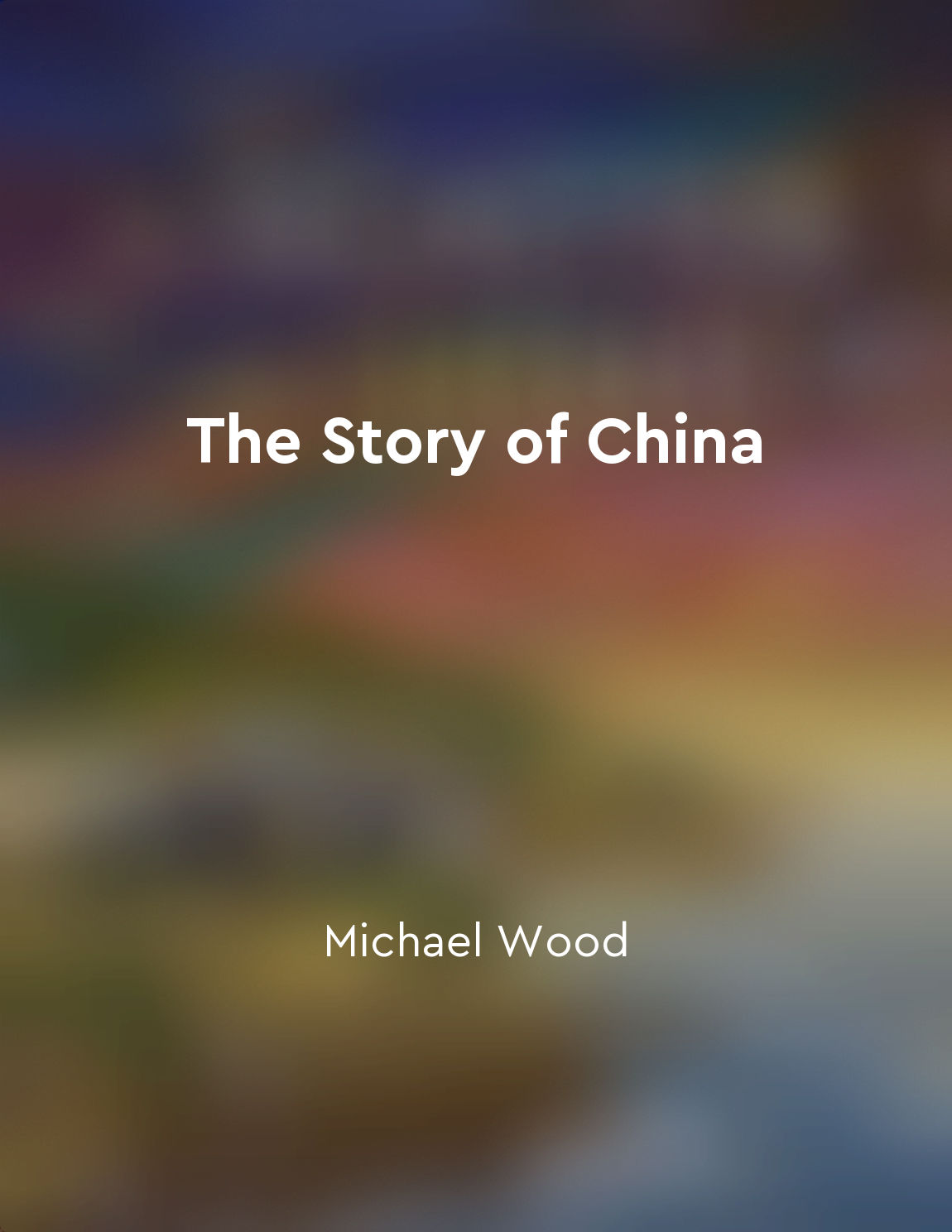Empires rose and fell along the Silk Roads from "summary" of The Silk Roads by Peter Frankopan
The Silk Roads have long been a hub of trade, connecting East and West, North and South. Along these ancient routes, empires rose and fell, their fortunes tied to the flow of goods and ideas that passed through their territories. From the earliest days of civilization, the Silk Roads have been a battleground for power and influence, where kingdoms and dynasties vied for control over the lucrative trade routes that crisscrossed the continent. The rise and fall of empires along the Silk Roads can be traced back to the very beginning of recorded history. The ancient Persian Empire, for example, built its wealth on the trade of luxury goods like silk, spices, and precious metals that passed through its territories. At its height, the Persian Empire stretched from the Mediterranean to the Indus River, dominating the trade routes that connected East and West. But empires are not built to last, and the Persian Empire eventually succumbed to the rise of new powers like Alexander the Great and his successors, who sought to control the Silk Roads for themselves. The Hellenistic kingdoms that emerged in the wake of Alexander's conquests continued to vie for control over the trade routes, their fortunes rising and falling with the ebb and flow of goods and ideas along the Silk Roads. The Silk Roads also played a crucial role in the rise of the Roman Empire, which built its wealth on the trade of goods from the East. Roman merchants traveled along the Silk Roads to trade for silk, spices, and other luxury goods that were highly prized in the markets of the Mediterranean. The wealth that flowed along these trade routes helped to fuel the growth of the Roman Empire, allowing it to expand its influence across Europe and beyond. But like all empires, the Roman Empire eventually began to decline, its power waning as new forces emerged in the East. The rise of the Sassanian Empire in Persia and the Arab Caliphates in the seventh century signaled a shift in the balance of power along the Silk Roads, as new empires rose to prominence and old ones faded into obscurity. The history of the Silk Roads is a testament to the ebb and flow of power and influence in the ancient world. Empires rose and fell along these ancient trade routes, their fortunes tied to the flow of goods and ideas that passed through their territories. The rise of new powers and the fall of old ones shaped the course of history along the Silk Roads, leaving behind a legacy of trade, conquest, and cultural exchangeSimilar Posts
Polo's writings sparked interest in Eastern culture and trade routes
Marco Polo's vivid descriptions of his travels to the East captivated the imaginations of countless readers in Europe. Through ...

The Yellow River is considered the cradle of Chinese civilization
The Yellow River, known as the "Mother River" of China, has long been revered as the birthplace of Chinese civilization. Its fe...

The Taiping Rebellion was one of the deadliest conflicts in history
The Taiping Rebellion, which erupted in China in the mid-19th century, stands out as one of the most devastating conflicts the ...

The Belt and Road Initiative is expanding China's influence in Central Asia
One key development in recent years has been the Belt and Road Initiative, a vast infrastructure project that aims to connect C...
Salt has been used in the production of textiles
Salt has played a crucial role in the production of textiles for centuries. In ancient times, salt was used in the dyeing proce...
Salt has been used in religious rituals
Throughout history, salt has played a significant role in religious rituals. Its importance transcends mere culinary purposes, ...
The rise of Germanic tribes further divided the empire
The increasing power of the Germanic tribes presented a significant challenge to the unity of the Roman Empire. As these tribes...
Religious beliefs traveled alongside merchants
As merchants moved along the Silk Roads, they were not just carrying goods such as silk, spices, and precious metals; they were...
